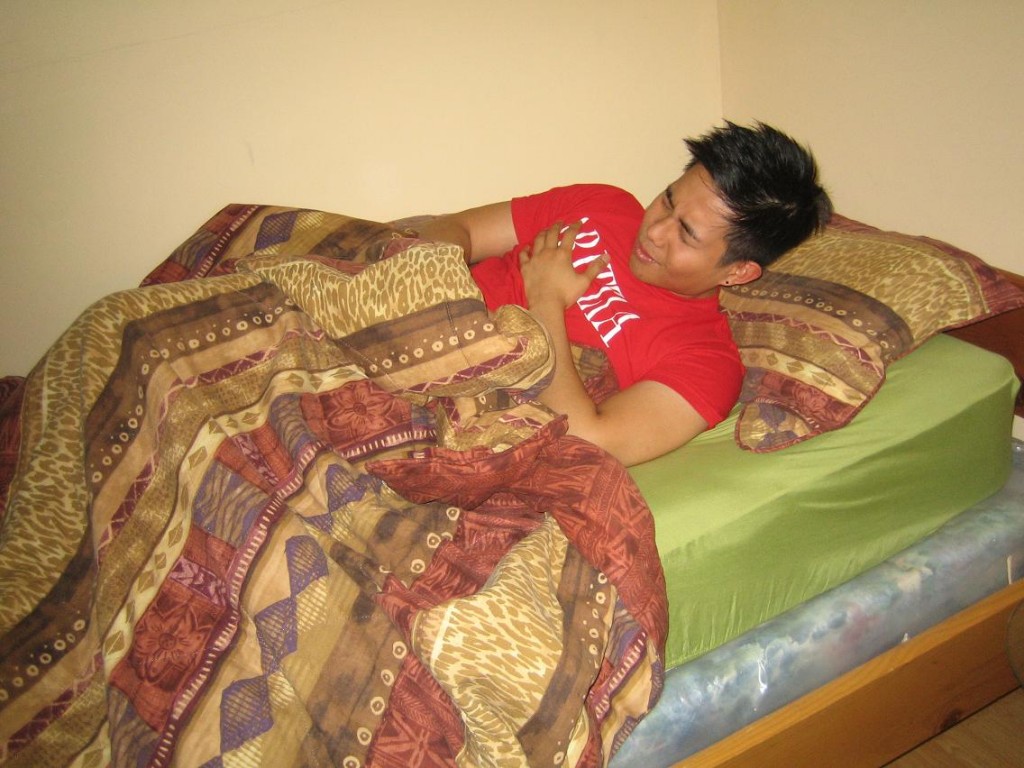Atypical pneumonia is a form of pneumonia that is not triggered by bacteria. In most cases, the typical type is considered more serious than atypical pneumonia. It is also called as “walking pneumonia” since it rarely requires bed rest or even hospitalization.
Types of atypical pneumonia
It is important to note that atypical pneumonia is triggered by one of the 3 types of bacteria:
Legionella pneumophilia
Legionella pneumonia can develop if an individual inhales water vapors infected with the bacteria and considered as the most severe type. The bacteria are usually found in the water supplies of buildings or cooling towers.
The potential risk factors include old age, smoking, weak immune system and presence of other chronic conditions.
Chlamydophila pneumonia
This form of atypical pneumonia can occur all over the year. It usually causes mild symptoms and rarely triggers serious cases. It is quite common among school-age children.
Mycoplasma pneumoniae

This usually affects individuals below 40 years old especially those who work or live in congested areas. Nevertheless, many are diagnosed without any specific risk factors.
What are the indications of atypical pneumonia?
Remember that the symptoms linked with atypical pneumonia are relatively mild such as the following:
- Cough
- Chills
- Fever
- Headache
- Appetite loss
- Muscle pain
- Muscle rigidity
- Rapid breathing
- Shortness of breath
When it comes to Mycoplasma pneumonia, it is also linked to rashes. As for Legionella pneumonia, the individual might also have diarrhea and confusion.
When to consult a doctor
It can be hard to distinguish a severe cold and atypical pneumonia. Due to this, a doctor should be consulted if an individual is recovering from common cold but suddenly becomes worse and symptoms develop such as fever, frequent coughing or chills.
A doctor should be consulted if the individual experiences chest pain while breathing or coughing, cough disrupts sleep and there is shortness of breath.
How is it diagnosed
The doctor will perform a physical examination along with a chest X-ray for diagnosis. The chest X-ray can differentiate between pneumonia and other respiratory conditions such as acute bronchitis.
Depending on the symptoms of the individual, other tests might be needed such as the following:
- Throat swab
- Culture of the mucus from the lungs
- Sputum gram stain
- Complete blood count
- Blood culture
- Blood test for specific antibodies
Treatment for atypical pneumonia
Antibiotics are typically used to manage the specific bacteria responsible for the condition. For minor cases, antibiotics are taken orally. As for severe cases, they are administered intravenously. Some individuals with severe atypical pneumonia might require supplemental oxygen.

